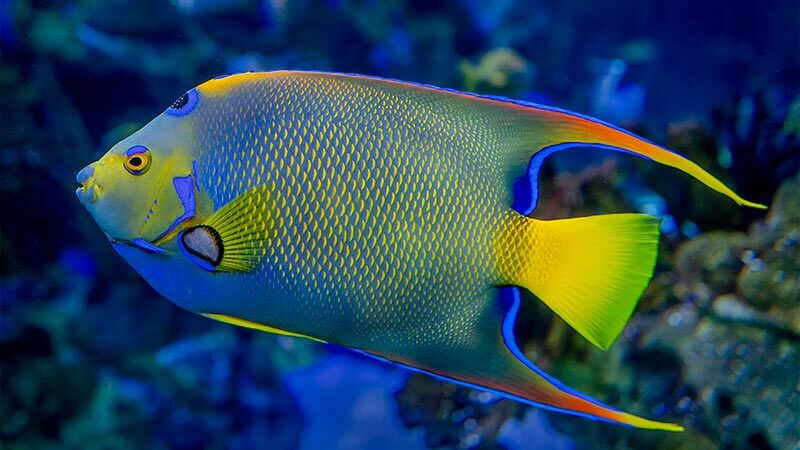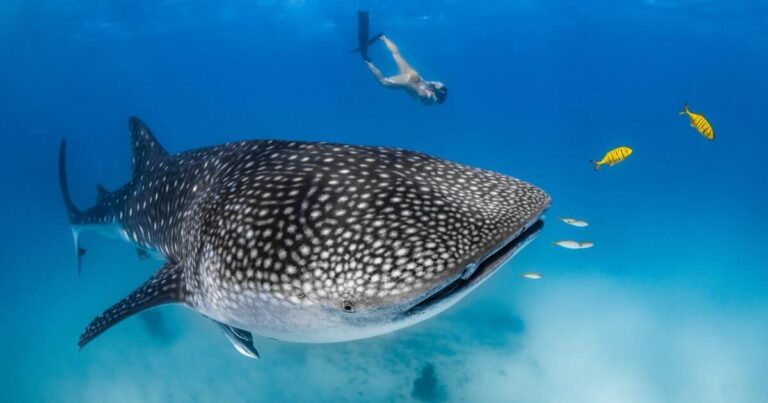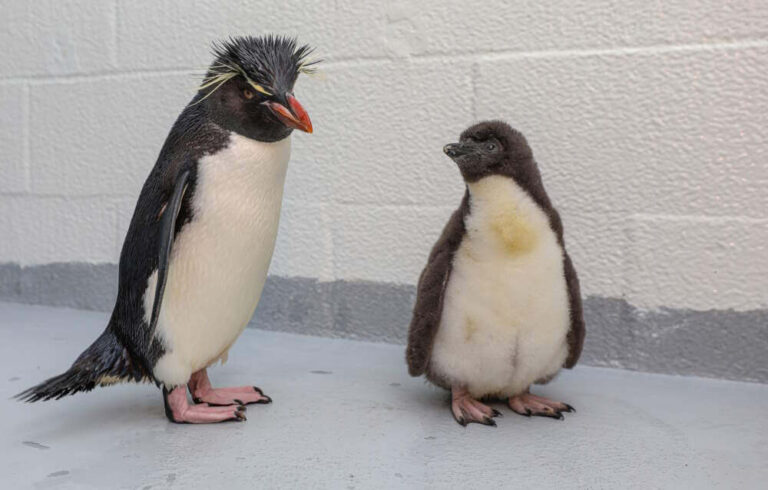Angelfish Guide: Types, Traits, Habitat, and Care Tips
Angelfish are among the most popular and captivating freshwater and marine aquarium species due to their striking appearance and graceful movements. This comprehensive guide will cover everything you need about angelfish, including their scientific classification, physical characteristics, habitat, behavior, diet, reproduction, predators, conservation status, and their relationship with humans.
Additionally, we’ll explore some interesting facts, the evolutionary history of angelfish, and their significance in aquariums.
Contents
Scientific Classification
Angelfish belong to the family Pomacanthidae in the case of marine species, while freshwater angelfish belong to the family Cichlidae. The two main types of angelfish are:
Marine Angelfish (Family: Pomacanthidae)
- Kingdom: Animalia
- Phylum: Chordata
- Class: Actinopterygii
- Order: Perciformes
- Family: Pomacanthidae
Freshwater Angelfish (Family: Cichlidae)
- Kingdom: Animalia
- Phylum: Chordata
- Class: Actinopterygii
- Order: Cichliformes
- Family: Cichlidae
Physical Characteristics

Angelfish are renowned for their unique body shapes, vibrant colors, and striking patterns. Here is a breakdown of their physical characteristics:
Marine Angelfish:
- Body Shape: Laterally compressed, with a distinct oval shape.
- Coloration: Brightly colored with various blues, yellows, reds, and blacks. They often have bands or spots.
- Size: Can vary significantly from 5 inches (12 cm) in smaller species like the Pygmy Angelfish (Centropyge acanthops) to 24 inches (60 cm) in larger species like the Emperor Angelfish (Pomacanthus imperator).
Freshwater Angelfish:
- Body Shape: Triangular with elongated dorsal and anal fins, giving them a unique arrow-like appearance.
- Coloration: Typically silver with black vertical stripes, though they can also come in gold, marble, koi, and other varieties due to selective breeding.
- Size: Generally grow up to 6 inches (15 cm) in length and 8 inches (20 cm) in height.
Habitat
Angelfish are found in different habitats depending on whether they are marine or freshwater species.
Marine Angelfish:
- Distribution: Found in tropical coral reefs around the Atlantic, Indian, and Pacific Oceans.
- Preferred Environment: Warm, clear waters with abundant coral reefs. They rely on the crevices and caves of coral reefs for shelter and feeding grounds.
Freshwater Angelfish:
- Distribution: Native to the slow-moving rivers, swamps, and flooded forests of the Amazon Basin in South America.
- Preferred Environment: Warm, soft, and slightly acidic waters with dense vegetation and submerged roots.
Behavior

Angelfish exhibit fascinating behaviors both in the wild and in captivity.
- Territoriality: Both marine and freshwater angelfish are known to be territorial. They often establish and defend a particular area, especially during breeding.
- Social Structure: While some species can be solitary, others form small groups or harems.
- Aggression: Freshwater angelfish can be semi-aggressive, especially during breeding or defending territory.
Diet
Angelfish have varied diets depending on their species and habitat.
Marine Angelfish:
- Diet: Omnivorous. They primarily feed on sponges, algae, small invertebrates, and plankton. Some species have specialized diets that can be challenging to replicate in captivity.
Freshwater Angelfish:
- Diet: Omnivorous. They eat small invertebrates, plant matter, and detritus in the wild. In captivity, they thrive on a diet of high-quality flakes, pellets, frozen bloodworms, brine shrimp, and occasional vegetables.
Reproduction
Reproduction in angelfish is an intricate process that varies between marine and freshwater species.
Marine Angelfish:
- Mating Behavior: Form monogamous pairs that engage in elaborate courtship displays.
- Spawning: Lay eggs on flat surfaces like rocks. The male fertilizes the eggs, which hatch in a few days.
- Parental Care: Both parents often guard the eggs and newly hatched fry.
Freshwater Angelfish:
- Mating Behavior: Form monogamous pairs. They are known for their intense bonding and protective nature toward their eggs and fry.
- Spawning: Lay eggs on submerged leaves or vertical surfaces. The eggs hatch in 2-3 days.
- Parental Care: Freshwater angelfish are attentive parents, tending to their eggs and fry for several weeks.
Predators
Angelfish face various threats from predators in their natural habitats.
- Marine Angelfish: Predators include larger fish like sharks, groupers, and moray eels.
- Freshwater Angelfish: Predators include larger fish, birds, and aquatic animals in their native Amazon habitat.
Conservation Status
The conservation status of angelfish varies by species:
- Marine Angelfish: Most species are not currently considered endangered; however, habitat loss and overfishing for the aquarium trade pose risks to some populations.
- Freshwater Angelfish: Not considered endangered, but habitat destruction, pollution, and overfishing for aquariums can threaten localized populations.
Evolutionary History
Angelfish have evolved distinct adaptations to thrive in their respective environments. The evolution of marine angelfish is closely tied to coral reef development, while freshwater angelfish have adapted to the unique conditions of the Amazon Basin. Genetic studies indicate that angelfish diverged from their closest relatives millions of years ago, leading to the diversity of species seen today.
Relationship with Humans
Angelfish have a significant relationship with humans, particularly in the aquarium trade.
- Aquariums: Both marine and freshwater angelfish are highly sought after for home and public aquariums due to their beauty and unique behaviors.
- Challenges in Captivity: Maintaining angelfish requires specific conditions, such as appropriate water quality, temperature, and diet.
- Cultural Significance: Angelfish are often symbols of grace and beauty in various cultures and are featured in art, literature, and folklore.
Interesting Facts About Angelfish
- Marine angelfish possess a preopercle spine near their gills, distinguishing them from butterflyfish.
- Freshwater angelfish can recognize their owners and may show unique behaviors like swimming to the front of the tank when approached.
- Hybridization is common among some species of angelfish, leading to unique color patterns and varieties, especially in captivity.
Conclusion
Angelfish are a diverse and fascinating group of fish that captivate enthusiasts worldwide, from vibrant marine species navigating coral reefs to elegant freshwater varieties gracing aquariums. Their unique physical characteristics, intriguing behaviors, and the challenges they face in the wild and captivity make them a subject of ongoing interest for both scientists and aquarium hobbyists. Understanding their needs and roles in their ecosystems can help ensure their continued survival and enjoyment for future generations.
- Golden Retriever Pros and Cons: What Every Pet Parent Should Know - 15 September 2025
- Cane Corso Dog Breed: Health, Care, and Lifespan - 14 September 2025
- Catahoula Leopard Dogs: Description, Temperament, Lifespan, & Facts - 21 July 2025







